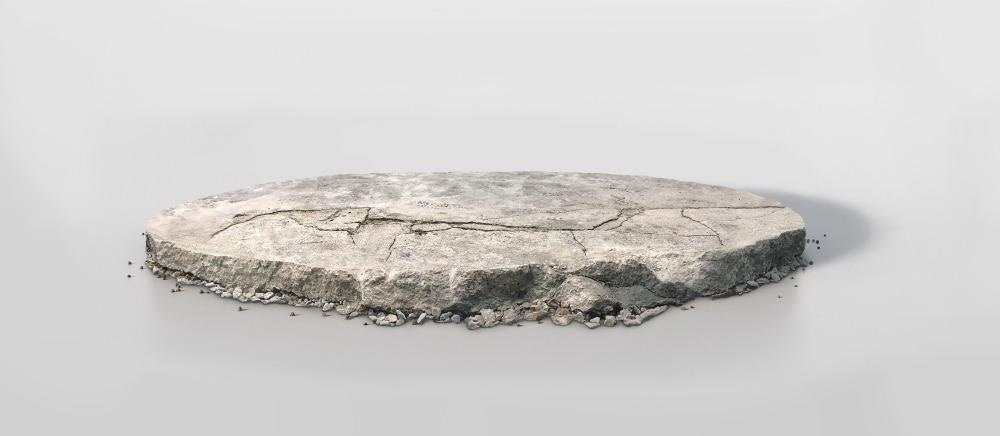
Image Credit: Red Tiger/Shutterstock.com
Surface metrology consists of the measurement of surface features such as roughness, regular patterns, irregularities, and waviness. The importance of this lies in the quality of materials and machinery. Fatigue and stress corrosion cracking, fretting wear, excessive abrasive or adhesive wear, and corrosion are just some of the few engineering component failures that stem from a lack of surface quality. With the advancement of nanotechnology and microelectromechanical systems (MEMS) manufacturing, it is important that surface quality and functionality are equally advanced for the field to reach a higher standard. For this reason, the assessment of surface integrity through surface chemistry and surface metrology is imperative. This article will provide an overview of current methods and recent advancements in surface characterization and metrology.
What is Surface Metrology?
Surface metrology can be used to assess the topography of a surface at different length scales and spatial frequencies. To assess minute surface topographies, advanced surface characterization techniques are required. High-resolution techniques help measure surface topography and these can include: probe microscopy, optical profilometry with interferometry or confocal microscopy, and atomic force microscopy (AFM).
Optical Interferometers
The non-contact property of optical interferometers, along with the speed and the large field of view, has made using this instrument a dependable method for measuring surfaces at a sub-micron and nanoscale level. This measurement method relies on the optical interference that occurs between light that is reflected from a specimen surface and the light that is reflected back from a reference mirror.
Confocal Microscopy
Confocal microscopes were initially used to image cells and tissue samples, however, they have become increasingly used as a measurement tool in a wider range of fields. The microscope utilizes a point source and point detection to scan a surface, with the data being extracted from the optically conjugate plane and the wider out-of-focus field being eliminated. By combining the vertical sections at certain heights, the 3D map can be formed, and although this instrument allows for large areas to be measured, there are limitations.
Confocal microscopes can be seen as being a more qualitative than quantitative tool for surface characterization at nanoscale and sub-nanometer level due to a lack of user calibration which compromises traceability as well as having a maximum vertical resolution of approximately 10 nm.
Atomic Force Microscopy
Atomic Force Microscopy (AFM) is a type of scanning probe microscopy and works by scanning the surface of very small specimens to create an image. The high-resolution property of this method enables it to be a more accurate method for measuring at a nanoscale.
The two large limitations of AFMs consist of a limited measuring area with the maximum being 200 x 200 µm, and this may be challenging for polishing optics or manufacturing MEMs devices. AFMs are also open-loop and so lack traceability, however, with the use of novel metrological AFMs, this disadvantage can be overcome with the use of laser interferometers to position x y movements and operate in a closed-loop mode.
Why Nanoscale Precision is Required
With advancements in nanotechnology, precision measurement for nano-manufacturing is of optimum importance. The developments in nanotechnology depend on successful applications that build upon the used surface and thus require accurate measurements of surfaces as well as traceability at the nanoscale.
Advancements of Surface Metrology
While there is research in this area consisting of calibration through the use of X-ray interferometers, traceable surface measurements are currently available through the NanoSurf IV. There has also been research into utilizing a graphite lattice that illustrates the scope of nanoscale traceability which is a potential for the future. The growth of nanotechnology as a tool for applied research and enabling industrial processes has subsequently required a higher level of surface metrology with precision engineering and micro-engineering being of utmost importance.
Researchers at Taylor Hobson Ltd have introduced advancements in the field of optical interferometry with the CCI interferometer which routinely measures 1024 x 1024 data points, as well as having the measuring capacity of up to a 7 x 7 mm area with a vertical resolution of 10 pm. This would enable nanoscale precision and allow for detailed surface topography analysis, which would be beneficial for complex surfaces such as when observing corroded samples and rough surfaces. These are usually more difficult to measure as they cause light to scatter.
Other optical interferometer advancements include a dynamic MEMs measurement option that enables 3D characterization of micro-devices and true assessment of device functionality.
Advanced 3D surface characterization is required for structured or engineered surfaces as well as for ultra-smooth surfaces. Both types of topography can be challenging at micro and nanoscale. Micro and nanoscale replication presents a new trial for surface metrologists who are required to manufacture dependable surfaces for the development and advancement of the field of nanotechnology as a whole.
References and Further Reading
Blunt, L., Jiang, X. and Scott, P., 2005. Advances in Micro and Nano-Scale Surface Metrology. Key Engineering Materials, 295-296, pp.431-436. https://doi.org/10.4028/www.scientific.net/KEM.295-296.431
McNamara, G., Difilippantonio, M., Ried, T. and Bieber, F., 2017. Microscopy and Image Analysis. Current Protocols in Human Genetics, 94(1). https://doi.org/10.1002/cphg.42
Disclaimer: The views expressed here are those of the author expressed in their private capacity and do not necessarily represent the views of AZoM.com Limited T/A AZoNetwork the owner and operator of this website. This disclaimer forms part of the Terms and conditions of use of this website.